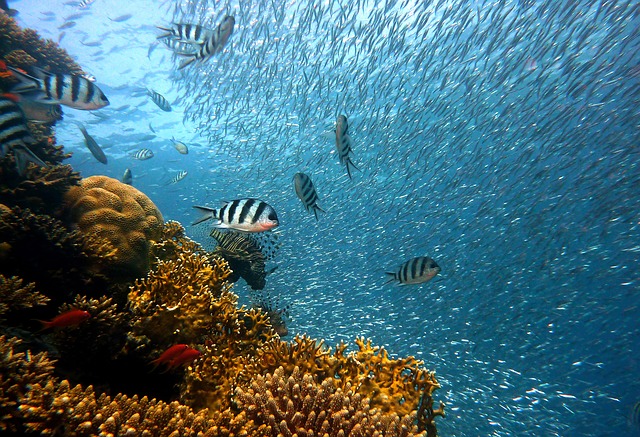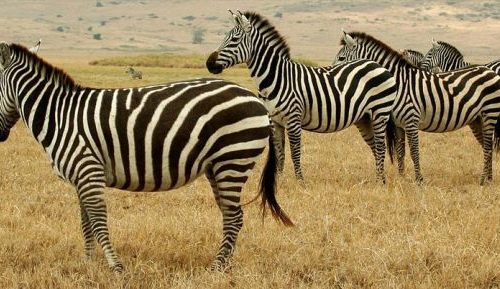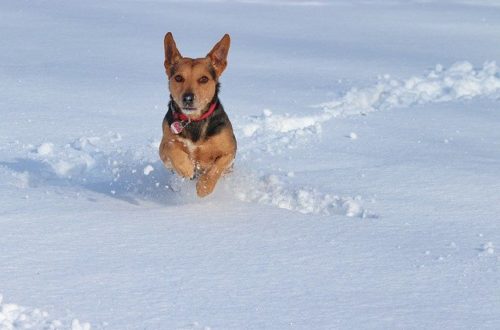Protecting the Life of Our Waters

Scientists have long been predicting the dangerous impacts of a changing climate. Some of these fears range from extreme weather changes to the submersion of populated cities. These fears become significantly more acute as we focus more heavily upon the impacts a changing climate has on our marine ecosystems.
The primary fear associated with climate change in marine ecosystems has to do with the large amounts of carbon molecules that are being absorbed by oceans as a result of increased carbon in the atmosphere. This process gradually raises ocean temperatures, a problem that has been associated with coral reef bleaching, changing nutrient loads, and altered currents. All of this is a large problem for marine animals as well as the significant portion of the human population that eats them.
Identifying problem areas in advance
While there are many studies that have displayed worrisome changes over time, one of the most promising technologies in predicting and modeling the impacts of climate change on marine ecosystems is geographic information systems (GIS). GIS is a mapping technology that has been used widely in all sectors of the economy from mapping crime to tracking the rise of chronic disease in the United States.
It has also been applied to a number of different projects in the field of natural resources in order to give scientists a visual representation of all of the data they have collected over time. Using GIS, scientists can visually display the physical properties of a given area along with the aspects of their given study. The data can be queried to look at the changes that have occurred and identify possible links to changes in the climate.
Using technology to understand marine problems
The technology has helped to better understand where problem areas within marine ecosystems lie and which locations are experiencing the greatest rate of change. Projects using GIS range from those that are tracking the locations of important species of fish in an attempt to learn more about their day to day habits to projecting where some level of protection of a marine environment will help to increase populations and to shelter them from the effects of a changing climate.
An example of this is in Hawaii where eleven Marine Life Conservation Districts have been created to conserve and replenish populations in the area. These areas vary in health, size, and management regime and have provided an excellent natural laboratory for scientists to monitor and track changes that are occurring in the ecosystem with the absence of direct human impacts. Thus far, results have suggested that marine fish within these Conservation Districts tend to be more abundant, larger, and more capable of surviving changes that are happening across the waterscape.
Contributing to healthy waters
Although the impacts of climate change cannot be easily resolved by one person alone, there are a number of small things that can be done to protect the life in our oceans. One is monitoring and reducing your carbon footprint. This can be done in any number of ways, but altering transportation methods by walking, biking, using public transportation, or carpooling more frequently is one of the most significant.
Another way to both protect marine life and reduce carbon footprints is to be conscientious about waste products. Upwards of 29 percent of carbon emissions can be traced back to the life cycles of packaging, building components, and passenger vehicles. Purchasing used or recycled products significantly lowers this impact. Once products have officially reached the end of their life, recycle them responsibly if possible.
Finally, making thoughtful food choices can make a profound impact on carbon footprints and marine life alike. According the World Wildlife Fund, over 53 percent of the world’s fisheries are currently being exploited and an additional 32 percent are depleted. When determining food choices, it is important to consider sustainable, local options as these tend to have lower impacts.
Would you like to receive similar articles by email?





